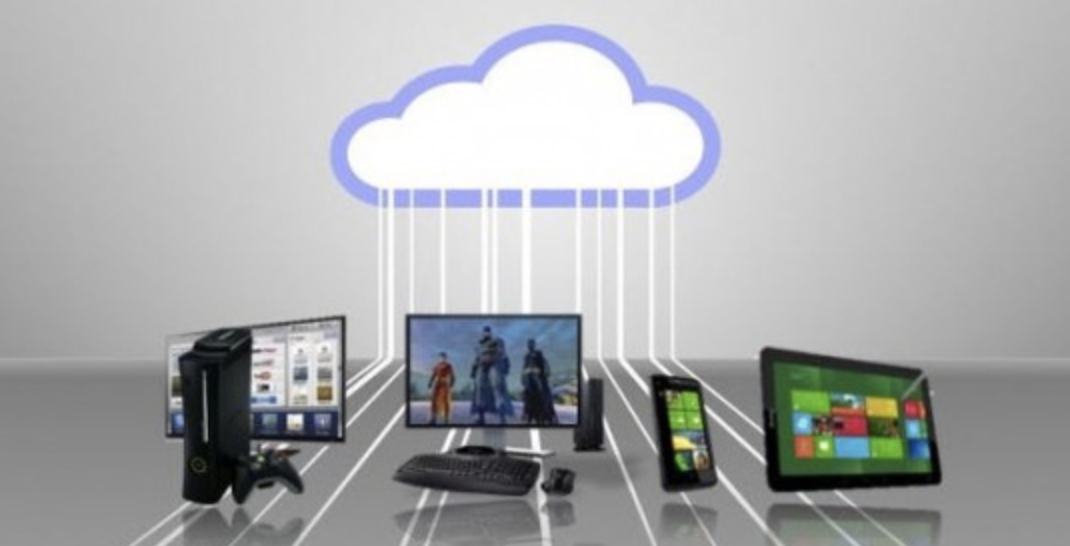The services narrative is a hot one right now for a variety of reasons. But one thing worth pointing out, that piggybacks on my analysis from yesterday is how innovations in the data center and the underlying technologies powering them, are making a cloud-first world much more of a reality than ever before. These innovations make it possible for software’s evolution to services.
All Software Evolves to a Service?
Will all software evolve to a service? In many conversations I’ve been having around the industry, the idea that services will eat the world has been a major theme. This point is designed to take Marc Andreessen’s famous software is eating the world article and point out that software is becoming a service. Whether all software becomes, a service is an interesting debate. I think you can argue most software will become a service, but the business model behind that service may vary.
One interesting observation we have seen through the years is how trends seem to take shape in the enterprise first, then find their way to consumer markets. Sometimes it is the other way around, but generally, the enterprise is where certain trends work their kinks out then find their way into consumers hands. This evolution of software into a services model is one area where I see this happening.
SaaS, or software as a service, has been a defining trend in enterprises for years now. Not only is it a huge market, but more and more enterprises are being run on software which is actually a service. The high demands of the business world, and the speed at which business happens demands more agile software platforms. This makes cloud-based software/services a more attractive proposition when it comes to workflows but is also more easily manageable by the corporations IT department. This model is win-win for all involved.
While the type of services that are delivered to an enterprise will differ from those consumers adopt, I’ve always liked the line of thinking that families are not that different from enterprises. Things like financial management, collaboration, communication, organization, schedule management, etc., are all commonalities families have with enterprises. Yet the way enterprises do things, is largely much more efficient than a family which begs the question about how more of these services can find their way into consumers lives.
One could argue this is an opportunity for platform providers like Apple, Google, and Microsoft but even in that scenario, the solution would still be a services-focused approach delivered through software.
Native vs. Cloud
So here we are again in a native app vs. cloud software discussion. From where the conversation started many years ago, I think we have a lot more clarity on how this will play out. The ideal solution is a hybrid where what runs natively is the shell software and UI, but much of the backend part of the service is run in the cloud. Think Netflix, or Amazon, where the native software is just the interface, and that interface is dynamic and therefore can be changed, customized, personalized, etc., because of all the work happening on the backend.
This is becoming more common in the enterprise and seems like the way forward for consumer software/services as well. Where this debate starts to get interesting now is the role of hardware in a services-driven world.
It’s worth asking the question if companies will prioritize certain hardware platforms going forward. Historically, there has been more of this hardware prioritization, but in the future, I’m not so sure how common it will be. Much of this depends on the platforms, but I have a feeling only Apple will prioritize certain hardware over others with their services approach. For the rest, including Google, and Microsoft, they will leverage more of their cloud platform backend for computing and thus can minimize the need to optimize their services for the variety of hardware in the market.
While it has historically not been uncommon for Apple to be unique in their approach from others with their strategy, it seems even more clear now that Apple’s services are designed to deepen loyalty and lock-in of the Apple experience around Apple’s hardware where other companies are going to focus more on deepening lock-in around the services themselves which can run on any hardware.
Different approaches will yield different results. However, in an extremely competitive services environment, Apple’s services strategy which in part is to preserve future hardware loyalty is going to have been genuinely competitive, or Apple may see competition chip away at the dependencies around their ecosystem they have built up over time. A cloud first/services first world does not necessarily fit in Apple’s sweet spot, but if they can deliver with their services, then they remain well positioned for the long-term.
Ultimately, the pace in which the world is becoming cloud first, even though consumers don’t think about it this way, is fascinating and is already changing the nature of competition in consumer markets.
